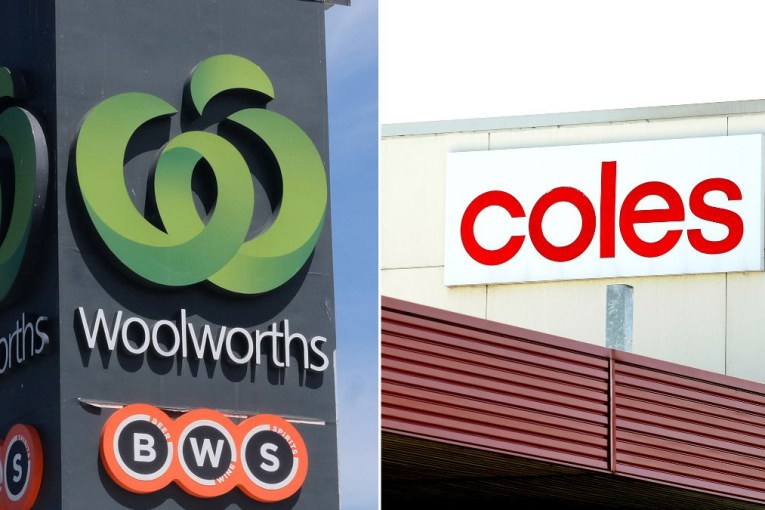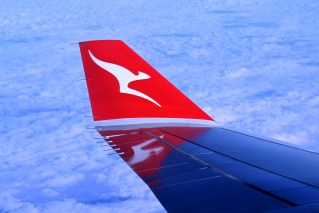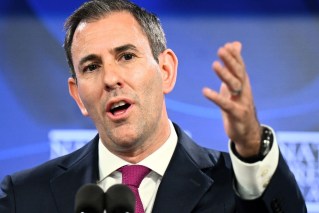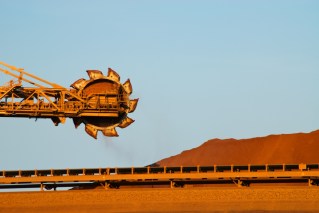RBA says rates to ‘stay on hold’
The battle between the inflationary effect of a lower Australian dollar and the opposite effect of slow wages growth over the coming few years is likely to end in a draw.
Updated inflation forecasts from the RBA on Friday show the inflation rate staying inside the two to three per cent target band out to the end of 2016, as far out as the RBA’s forecasts go.
The dollar fell after the release of the statement slipping to US92.45¢ from around US92.67¢.
In its quarterly statement on monetary policy, the RBA tweaked its outlook due to the abolition of the carbon tax.
But the underlying forces at work, and the end result, are much the same, leaving the RBA again predicting a “period of stability in interest rates”.
The RBA said the effects of the earlier depreciation of the Australian dollar, pushing up import prices, had boosted inflation over the past year.
Those effects are still coming through.
“By late 2016, three and half years on from the initial depreciation, these effects are likely to have largely run their course,” the RBA said.
In the meantime, inflationary pressures from within the Australian economy should be contained, thanks to “spare capacity in labour and product markets”.
We were all reminded of that on Thursday with news the unemployment rate had jumped to a 12-year high of 6.4 per cent in July.
Price rises in the so-called “non-tradeable” sector of the economy have fallen to their slowest pace in a decade, the RBA said.
“The slowing has been particularly marked in those components that are generally more sensitive to growth in labour costs.”
Economic growth, which ultimately drives employment growth, is “expected to be a little below trend over 2014/15, before picking up to around a trend pace of 2015/16”.
In line with this lacklustre growth path, the RBA gave no reason for jobseekers to cheer.
It stuck with its familiar story that some labour market indicators have improved, but admitted that “a fair degree of spare capacity remains and, given the outlook for economic activity the unemployment rate is expected to remain elevated for some time yet”.
The RBA has tweaked its inflation forecasts since the repeal of the price on greenhouse gas emissions, cutting the outlook for 2014/15, but lifting the forecast for 2015/16, as the move to a (likely lower) floating carbon price is no longer scheduled.
The RBA now forecasts the headline inflation rate to be 1.75 to 2.75 per cent over the coming year, compared with the May forecast of 2.5 to 3.5 per cent.
But for the year ending June 2016, the forecast is now 2.5 to 3.5 per cent, compared with the previous forecast of 2.0 to 3.0 per cent.
Wait and see
Mining investment, which has been a major driving force of the Australian economy for much of the past decade, is winding down and is expected to decline much further over the next few years, the RBA said.
What remains uncertain is how to fill that void.
“The key uncertainties for the domestic economy continue to be centred on the timing and extent of the expected decline in mining investment, the associated rise in resource exports and the further strengthening in non-mining activity,” the RBA said.
“While this ‘transition’ has been unfolding for some time, helped in part by the very low level of interest rates, there is no guarantee that the rebalancing of spending will be a smooth process.”
Recent softness in some indicators had increased the uncertainty around the strength and timing of a pick-up in non-mining business investment and consumption, the RBA said, although low interest rates and healthy business balance sheets could see a pick-up happen sooner and more strongly than expected.








